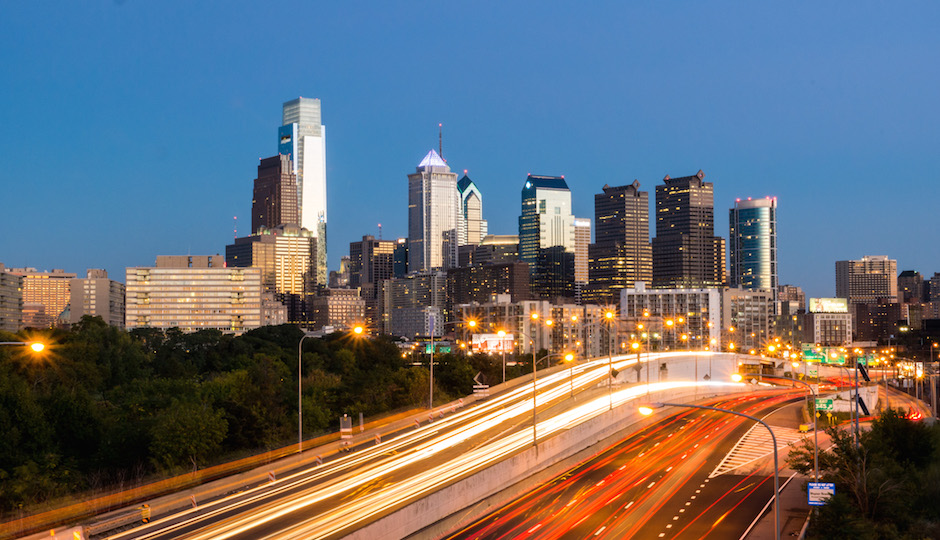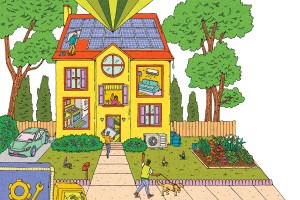5 Things To Know About How We’re Living From Pew’s “State of the City” Report

Photo by els1124 via Flickr
Pew’s annual “State of the City” report for Philadelphia was released last week, and the updated version of 2015’s report gives a clearer picture of how Philly is faring, by the numbers, across a range of categories including the economy, education and housing. In terms of the population, the city is getting younger and more diverse, but it’s also still quite poor. Here’s what you should know about housing and property trends in Philadelphia:
People are buying more houses: Between 2005 and 2011, the number of residential units purchased annually in Philadelphia plummeted from 29,146 all the way down to 11,836. However, property sales began to climb in 2012, and have continued to grow ever since. In 2015, 15,601 residential units were sold, up from 14,261 a year earlier.
However, the number of residential building permits issued fell: The number had been steadily rising ever since 2009, when 947 permits were issued. By 2014, 3,973 were issued. For 2015, that number dropped to 3,666, but that is still the second-highest total in the last 20 years. Although it’s only a negligible decrease, let’s hope it’s not a sign of a trend in the coming years.
Households are more likely to have no vehicles than to have two or more: Thirty-one percent of households had no vehicles available, while only 25 percent had access to two or more cars.
Fourteen percent of the city’s residential units are vacant: Meanwhile, 41 percent of the units were built before 1939, and the city’s median monthly rent came out to $936.
Only slightly more units are owner-occupied than rented: The report shows that 52 percent of residential units are owner occupied, while 48 percent are rented. Not too many people are moving around, though. Eighty-six percent of residents lived in the same house the previous year, and just nine percent lived in a different house in Philly in 2014. The other five percent either came from somewhere else in the U.S. or abroad.


